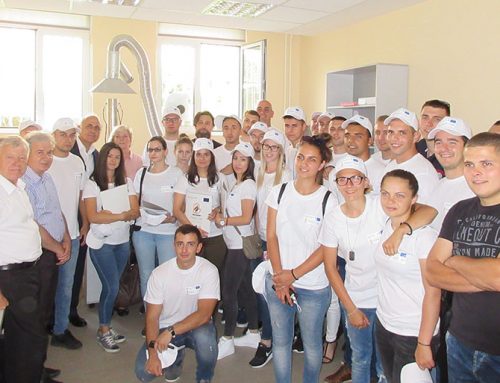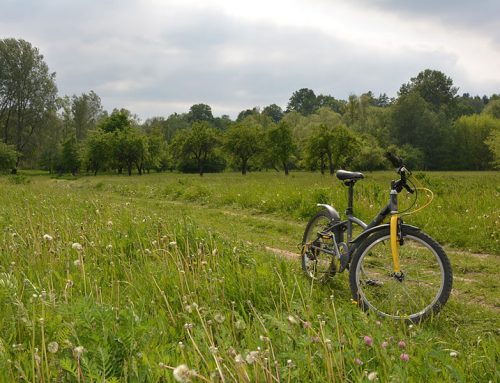Since the 1800s Palić Lake, on the outskirts of the city of Subotica, in the north of Serbia close to the Hungarian border, has been a popular spa resort. But the renowned health-giving properties of the lake’s water began to evaporate in the 1960s due to extensive pollution and the uncontrolled growth of algae. Dried and dredged to remove sludge in 1971, the lake was refilled with fresh water in 1976 and a wastewater treatment plant opened. But with time, the plant’s equipment and sludge treatment processes became outdated and the quality of both the lake’s water and the local water supply deteriorated as a result. It was time for the plant to have an overhaul.
In the mid-2000s, the EU-funded Municipal Infrastructure Support Programme stepped in to assist the city of Subotica in improving matters. Targeted at supporting environmental and economic infrastructure projects in Serbian municipalities, the Programme’s work with Subotica represented one of its first major collaborations with a municipal authority. Until 2010, it was active in overseeing the an extensive renovation and upgrade of the waste water treatment plant to ensure it met local and EU wastewater discharge standards and protect ever-decreasing water resources in the area.
The upgraded Subotica Wastewater Treatment Plant was officially opened in March 2012. It took a budget of around €18 million to complete, a large part of which was financed through donations from the European Bank for Reconstruction and Development, the Municipality of Subotica, Vode Vojvodine public water management company and the governments of Italy and the Netherlands. The upgrade has increased the plant’s capacity from 27 000 m3/per day to 36 000 m3/per day and, when it rains, to 72 000 m3/per day. It has also significantly reduced the amount of nitrogen and phosphorus in the water discharged from the plant.
Clean and green
During the Plant’s overhaul, the Municipal Infrastructure Support Programme also oversaw the completion of a new sludge treatment system at the site, financed by a €5 million donation from the European Union. Using the latest equipment available, the system breaks down the primary sludge extracted from the wastewater at the plant using anaerobic digestion – a bacterial decomposition process carried out in the absence of oxygen. A by-product of the process is a mixture of methane and carbon dioxide gas, or ‘biogas’, which in turn is used to generate electricity at the plant. Excess bioactive sludge, such as organic pond waste, is also treated before it is put back in the lake.
The sludge treatment system is both energy efficient and environmentally friendly, and is ensuring that when the plant’s water discharge reaches Palić Lake, it is perfectly clean. It is also just one of a number of initiatives undertaken to date by the Municipal Infrastructure Support Programme, which is constantly looking for ways to access funds for new infrastructure projects – from waste collection and treatment to road building – at municipal level and assist local authorities in preparing projects and using EU funds.
More information
Project: Subotica Waste Water Treatment Plant Reconstruction and Extension – Sludge Line
Implemented by: Municipal Infrastructure Support Programme – www.misp-serbia.rs
See also: Municipality of Subotica – www.subotica.rs



